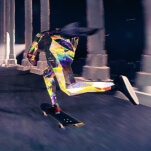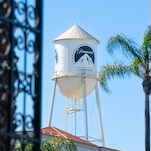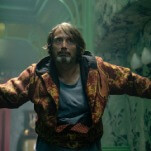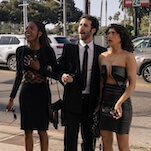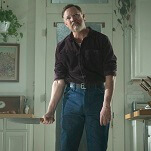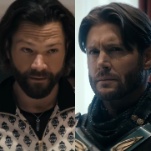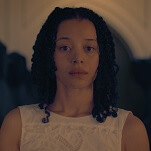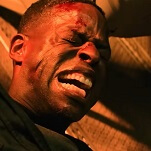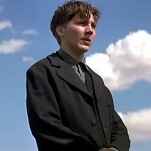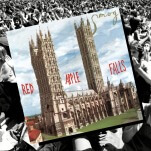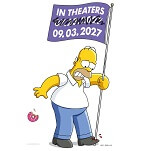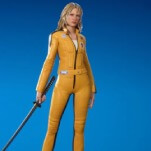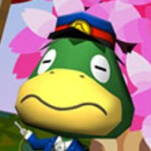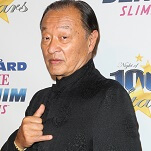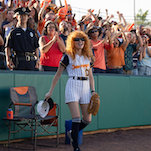Twenty years later, the Chucky doll in Child's
Play has
grown into as iconic a horror specter as Leatherface or Freddy Krueger, but if
it ever had any menace, the sequels have watered it down into an ironic
punchline. It was inevitable, really: If a supernatural nemesis can be stepped
on, kicked, or whipped around by its synthetic red hair, then how frightening
can it be? Nevertheless, the original Child's Play does a fine job of acknowledging
Chucky's ridiculousness ("Aunt Maggie, Chucky wants to watch the 9 o'clock news")
without turning him into a big joke. The sequences without Chucky are as stock
as they come, and so are all the flesh-and-blood characters around him, but
he's still a hugely entertaining mischief-maker, and what he lacks in physical
gifts, he compensates for in sneakiness. And as voiced by Brad Dourif, he's got
a blue-collar Jersey attitude that's strangely endearing; who can begrudge a
doll that's got a score to settle with a guy named Eddie Caputo?
Child's Play was a studio hit; by contrast, Pumpkinhead found its audience almost
entirely on videocassette, which seems appropriate, since the film's strengths
lie almost entirely in the niche worlds of FX and creature designs. Making his
directorial debut, legendary effects and makeup artist Stan Winston (The
Terminator, Jurassic Park, Aliens)
doesn't show much interest in the characters or the story, which pits a bunch
of city kids against a vengeance demon conjured up by Lance Henriksen, a
backwoods hick who blames them for his son's death. But Winston and his tech
crew heavily invest themselves in the expressively backlit gothic atmosphere
and a throwback creature that subtly evolves into Henriksen's eerie doppelgänger,
his dark side made manifest. Had Pumpkinhead been made in the silent
era, it might now be treated with the reverence granted Nosferatu.
Key features: Two commentaries on Child's
Play,
neither of which are as good as the brief, scene-specific Chucky commentary.
The commentary on Pumpkinhead is an entertaining techie reunion, and both discs
include a generous array of featurettes.




